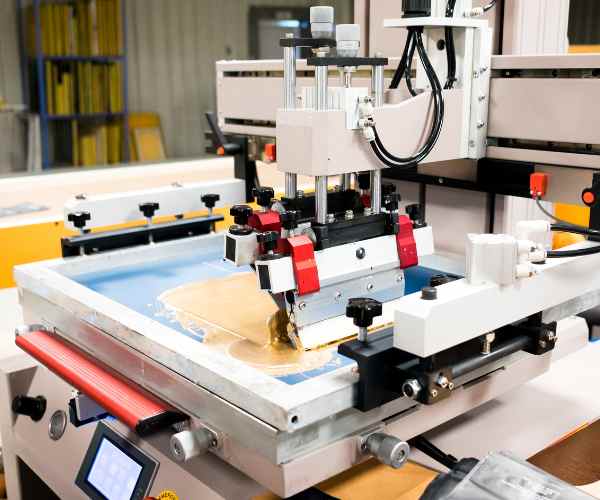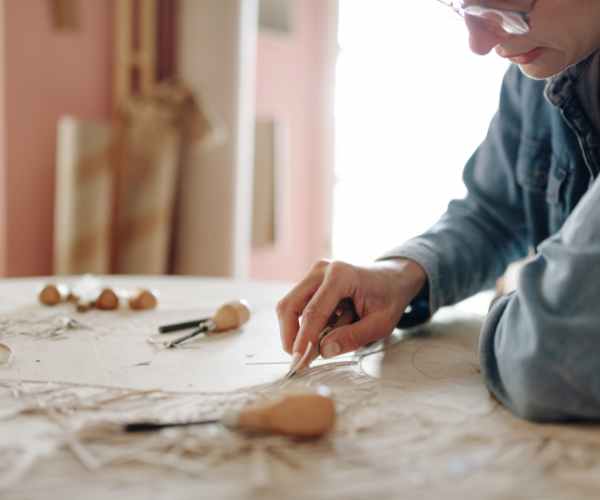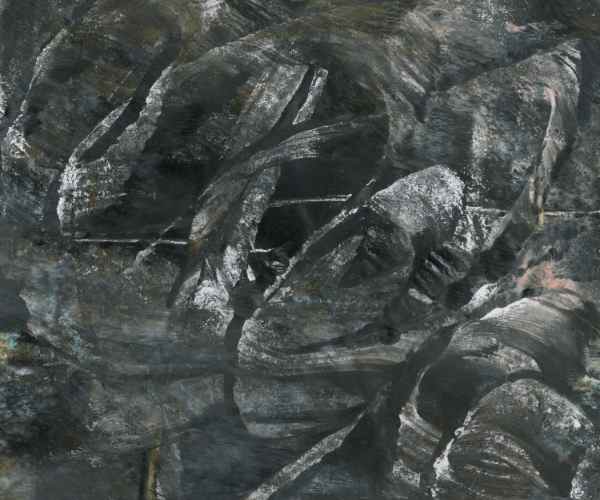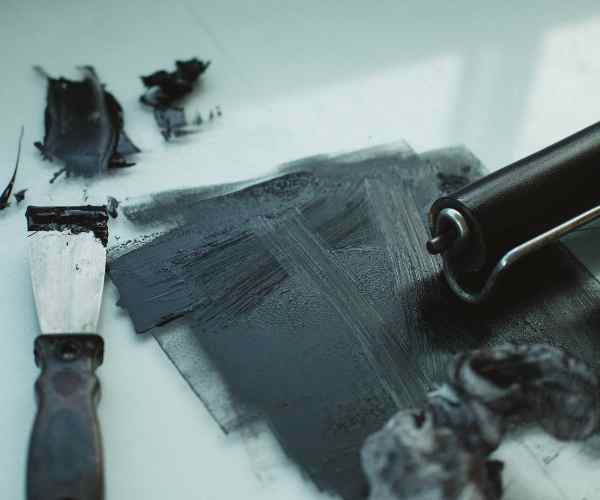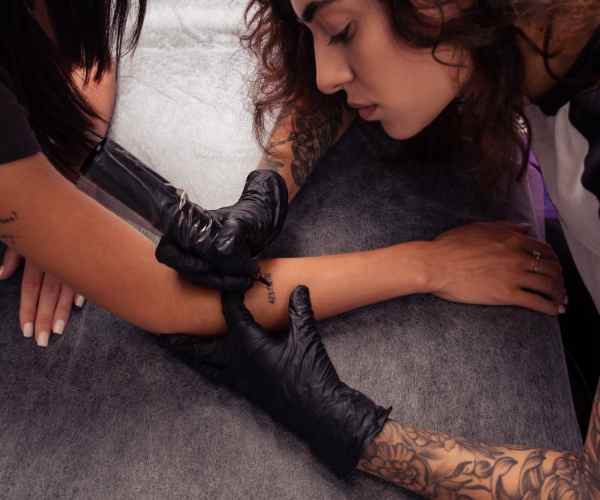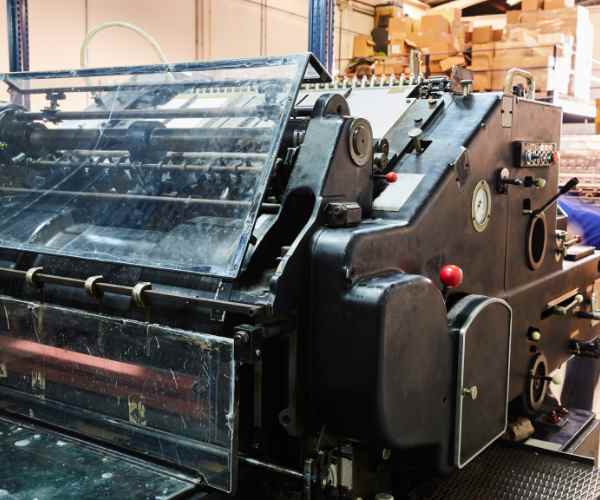In printmaking, color isn’t just a decoration; it is the pulse of the craft. As a printmaker, I’ve realized that colour alone is an entirely different language. I often focus not only on shapes and forms, but also on the words which the colors I choose, say to the viewer.
Unfortunately, as a vivid example, a red a rather strong color can be associated with love or a need to pay attention while on the other hand, a blue generally invites thoughts of calmness and warmth. Colors as mentioned above become primary setting tactics on a type of art that strikes a chord in someone’s heart. This is the beauty of color in printmaking: it is not just about visual appeal, but about emotional identity.
The true work of understanding color theory is quite practical it involves gained and needed attention to even the technical side of printmaking, eventually most of the skill becomes necessary for advancing in our progress. Knowing how to handle color, for instance, can turn an ordinary print into a story. Such a consideration is very important in modern printmaking where new limits are actively sought and changed: understanding color is more than useful, it is essential.
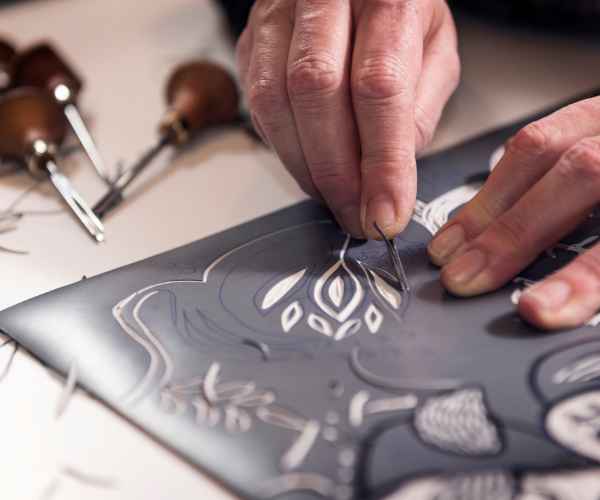
The Impact of Color on Emotion in Printmaking
It is well-known that color can evoke strong emotions and, therefore, cannot be overlooked since it plays a sizable role in the art world. An important thing to note is that different artworks carry different connotations which is heavily influenced by the color used. Let’s take the color yellow as an example. It is often associated with joy. As a printmaker, I understand how a little bit of yellow can add warmth to a piece.
In contrast to yellow, black and gray are prolific in invoking melancholy and emotional reflection. This can be observed in the works of contemporary printmaker Julie Mehretu, who is well-known for her use of color. She frequently employs these tones to inspire a complex narrative structure which tends to underlay the layers of her work, making it beautiful yet chaotic.
We can find a lot of meaningful examples of print making in real life. There is one exhibition that I remember quite fondly in which an artist showcased their work in the hope of raising awareness regarding global warming. Dark greens and earthy browns reminded me of nature along with reds and blacks, which conveyed destruction of some sort. The artist sought to employ color to communicate a significant and emotionally potent message.
Case Studies in Color Emotion
In this piece, I’ll look at notable printmaking pieces and how their color combination changes the perception of the viewer. A case in point is the work of Hokusai, The Great Wave off Kanagawa. The deep blue color of the crest and the white color of the foam evoke beauty but also admiration for the wave. This element of contrast brings out respect and admiration for the genuine nature. Such combinations of colors are not only appealing to the eye, but also provoke viewers’ sentiments, which are quite relevant, in this case, to the context of humanity in relation to nature.
A second example is perhaps researched more extensively than the former – A Subtlety by Kara Walker. This installation is simply comprised of a sense of peace and tranquility as well as a sense of chaos and destruction as a uniquely shaped giant sugar-coated sphinx-like figure sits completely white background against a room lacking light. These colors were intentionally chosen to address complex issues regarding race, colonialism and the history of the sugar industry. The contrast of the white color with dark created a shocking vision that forced viewers to come to terms with the rather painful aspects of history and memory.
In both cases, the artists exploited color in order to tell a story, clearly trying to express an idea or feeling. As printmakers, we can excite avocations and give food for thoughts using colors. Generally, the emotional aspect of the piece is inextricably linked to the colors used.
The Technical Aspects of Color in Printmaking
Color Theory Fundamentals
Color theory is an aspect that is important for any printmaker. For those looking to apply color in their prints a basic understanding of the color wheel, primary and secondary colors as well as complemented colors is fundamental.
For one, the color wheel facilitates order among colors and makes relationships among colors known. It is amusing to think that the primary colors: red, blue and yellow are used in combination with secondary colors: green, orange and purple. Each color type has its distinctive characteristics and set of emotions associated with it, knowing how to use this wheel describing the diversities in colors allows printmakers to have more scope in better and resonating pieces.
In this article, I intend to demonstrate that color can serve as a powerful tool in printmaking. A blue color for instance can evoke calmness or tranquility while orange can intensify the already existing tension in a piece. In order to counteract strong colors like blue, I would introduce some complementary colors. This is how I plan these pieces and generally if I intend to create an emotion, I will find opposite colors to further that emotion.
Color Mixing Techniques
As printmakers, we have many different tools and methods available to us that enhance the scope of our creativity. For instance, once you have mastered the concept of color theory, the next frontier to conquer is the realm of color mixing.
To begin layering is a common method employed by most artists today. The simple act of layering opaque inks can add incredible depth and complexity to the print. Layered colors enable an artwork to come alive and swirl around. When I engaged in painting, light additions of various layers aided in creating a lively atmosphere which constantly shifted between depth and surface prints and ended with beautifully vibrant colors.
Another technique I`ve found useful is the application of gradients, where one color merges with another. This is especially helpful in screen printing, where one can fade from one color to another. For example, one time I did a print of a sunset, in which I blended from orange to lavender to convey the twilight magic in a way that was distinctly realistic yet ethereal.
In the end, these techniques are not really only about a set of skills; they are about putting a piece of us into every project we undertake. Every color that is added, every layer that is placed, is a piece of our story, and this is the reason as to why printmaking is an amazing art form.
Color in Different Printmaking Techniques
Lithography and Its Color Applications
Looking at lithography, I find it an interesting technique in the industry of printmaking, particularly where color is involved. What impresses me in lithography is greatly muted dyes that produce effective and colorful prints with a fantastic delta E variable.
Having been introduced to lithography, I was fascinated by the mannerism of layering colors in such precision which other printmaking techniques may not allow. With lithography, everything is possible. One can achieve a variety of colors and shades with the help of different stones or plates that could create additional depth and richness. This option was unlike other printmaking techniques that may set a limit on the number of shades.
Let’s look at the exceptional works of Henri de Toulouse – Lautrec. His lithographs including the posters of Parisian cabaret’s in Montmatre, are his demonstration for his captivating use of colors including warm yellows, reds and dark greens. Not only do these colors reflect the essence of the cabaret culture but they deeply invite the onlookers as well. They appear as though these subjects are painted in three dimensional aspects with their colors scattered all over the paper coming off the baton.
Another beautiful example is the Hearts series of Jims Dines lithographs. For Dine, color is a means to express his feelings. In pieces such as those already mentioned, he mixes together lots of vibrant red and pink alongside non vivid dark shades. Nevertheless, the artist employs such colored motifs in his prints including the Hearts series that a feeling of tenderness is instilled, which is a display of how color lithography has a limitless capacity.
Screen Printing: The Color Revolution
Now, let’s tackle screen printing which truly transformed the application of color in printmaking. Quite a few things have changed as this technology expanded greatly. At first, it was rather constrained, and only used for commercial purposes, screen printing was mostly wrapping and poster advertising. But very quickly, artists realized its application for color and things were from there on set to change.
One of the early adopters of this color revolution was Andy Warhol. His works for example, Campbell’s soup cans made a point of how screen printing makes it possible to achieve saturated coloring. If you notice, Warhol’s method was to print on the canvas and layer the colors which gave drastic contrast to what he usually did.
Today, we look up to new artists like Shepard Fairey continually pushing the boundaries of what they do with screen printing. His pieces regularly contain limited color usage but uses those colors greatly to send out strong messages. The essence of colors in Hope that consists of red, black and cream shows how few colors can be used across different contexts.
Because of the diversity screen printing offers, it has proven to be popular with many artists today. The scope of colored inks, layering, and variation of substrates has broadened remarkably the creativity of the work. Screen printing somehow evokes the courage to combine colors I tend to avoid which motivates me to create new pieces of work.
Outset of digital printmaking: Transforming Landscape of Color
Digital printing paints a whole new picture .There have been tremendous advancements in technology that this medium has introduced, transforming the play of color. The incorporation of such technologies as software allows the functionality of altering colors, making gradients and even simulating textures made a whole new field in artistry available.
For example, programs such as Adobe Photoshop and Illustrator have greatly enhanced what printmakers can achieve by enabling a wider variety of hues that were previously inaccessible. You can control saturation, brightness, and contrast to create the palette you need. It was many years ago, but I still clearly remember my first experience with digital printmaking; I greatly appreciated the degree of precision with which I could change the colors until they suited me right.
Additionally, with the advent of technologies like inkjet printers, creating great levels of detail in prints has become a high-quality art. Artists like Jennifer Marman and Daniel Borins utilize the medium of digital printmaking which relates thoroughly with color and its connection with perception. Their pieces most often contain strong colors that are almost hyper-realistic which alters our perception of the world around us.
For digital printmakers, the equipment available today has facilitated color application to the point where it has never been easier. It takes just a few clicks to turn an idea into reality using a professional grade printer and user-friendly software. Personally, I am a lover of experimenting with techniques, hence, I find digital printmaking very fun in regard to color exploration.
FAQs
What is the importance of color in printmaking?
So, attached to the message which is usually told in a series of images in printmaking, colors are more than decoration: they are an integral element of narration. Have you ever entered an art gallery and seen a piece and immediately wanted to buy it? More often than not, the piece that captures your attention is the color.
Color gives an image a lot of meaning and feeling, which can impact mood in strong ways. For example, the color red and orange are warm tones having the ability to evoke a sense of passion and zeal, whereas blue and green being cool tones bring about peace and calmness, this explains why artists choose their color hues with attention, for the image that they want to present.
Look at the printmaker’s work like Marc Chagall, he is known for using multicolored vivid artwork for expressing fun and vibration. Or look at works of an artist who used colors the same way as colour theorist Käthe Kollwitz, where she over empathised the tones of an image and caused sorrow. In both of these cases the story is the same , only the colors are different.
A work with soft muted colors is often not very attractive when trying to convey beauty to an audience whereas a deep color combination has the ability to possess an audience which in turns make a work memorable. As in printmaking, this can be when layering colors can help create new textures and depths, being aware of how to alter color can take a work to another level. Thus if an individual wants to make a statement with their prints, understanding the importance of color would not only be critical for them but necessary.
How can I learn more about color theory?
The color theory concepts can be better understood with some practice, and there are excellent resources available that you can seek out :books, classes or online videos. Looking back on my journey learning color theory, the first thought that comes is how confusing it all is. But there are some easily digestible resource which would later become key pillars while trying to make sense of everything.
- Books: If you wish to truly understand color, “Interaction of color” by Josef Albers is color theory that everyone must read. ” Understanding how colors work and relate to each other really begins with a real-life situation. Another powerful read would be “Color by Betty Edwards” which provides hands-on exercises which aided me significantly.:
- Online Courses: Websites such as Skillshare and Coursera have courses on color theory for artists and print makers. Because you’re able to watch video lectures and complete exercises alongside receiving community input, these classes can really benefit you. For instance, I was a course on Skillshare that eased my anxiety as I was free to consult with artists and get their opinion on what colors best suited my material.
- Artist Workshops: Attending a workshop conducted at a community college or an art studio is a great way to gain practical knowledge about color theory, especially with regard to printmaking. And as fate would have it, I happened to take a weekend session centered around color mixing and I was utterly shocked by how it altered my outlook towards printmaking. Not only were the sessions educational, but I was also able to network with like-minded individuals who held helpful insights!
What are some color palettes used in printmaking that are appealing to a large audience?
There is a color palette for every emotion in printmaking, ranging from broad strokes to minute detailing, all encompassing the true essence of art, Color itself serves as the foundation of art, Allowing artists to exercise complete freedom of creativity. Following are the few printmaking palettes which in my personal opinion are widely used:
- Analogous Color Wheel: This color palette works great for blue and blue-green color themes as this particular style relies on a few adjacent colors on the color wheel. Which can also be described as warm and cool colors. This technique is designed towards calming the audience, which has made it an incredibly sought after method for modern day artists.
- Monochromatic Palettes: One of the best examples is Yves Klein. He is widely recognized for his deep blue Leonardo prints. This monochromatic look creates jealously and interest while still managing to evoke a strong message with great depth, all while utilizing a palette of only one color.
- Complementary Colors: When two colors are placed in opposition to one another such as blue to orange or red to green, interesting visual tension is created. These palettes are ubiquitous in vivid compositions for accentuating certain parts of the artwork.
- Triadic Colors: Three colors spaced at an equal distance apart circumference of the color wheel such as red, yellow, and blue constitutes a triadic color. It presents an eye-popping, active style and is naturally present in modern prints which strive to be attention grabbing and outspoken.
Out of these palettes, I recollect vividly, that a series of prints endorsement was done that involved a mash of complementary colors. The energy was invigorating, experimenting with these palettes can yield astonishing outcomes in your work. The key is identifying what speaks to you the most and your creative mind!
Conclusion
So as it appears, the color’s role in modern printmaking is aestheticism in its purest form.
It helps set a particular mood and conveys a theme for example allusions and complements to a particular image which is essential in all creative processes.
I would like for you to observe your work and consider the colors that you have selected. How do you want people to feel? What messages involve the use of color?
As you discover the complexity of color theory while exploring diverse palettes and methods, your artwork will advance. So come on, pick up those inks, combine the colors and allow your imagination to go wild. There is so much to color, and I am looking forward to how you apply it as you practice with printmaking.

